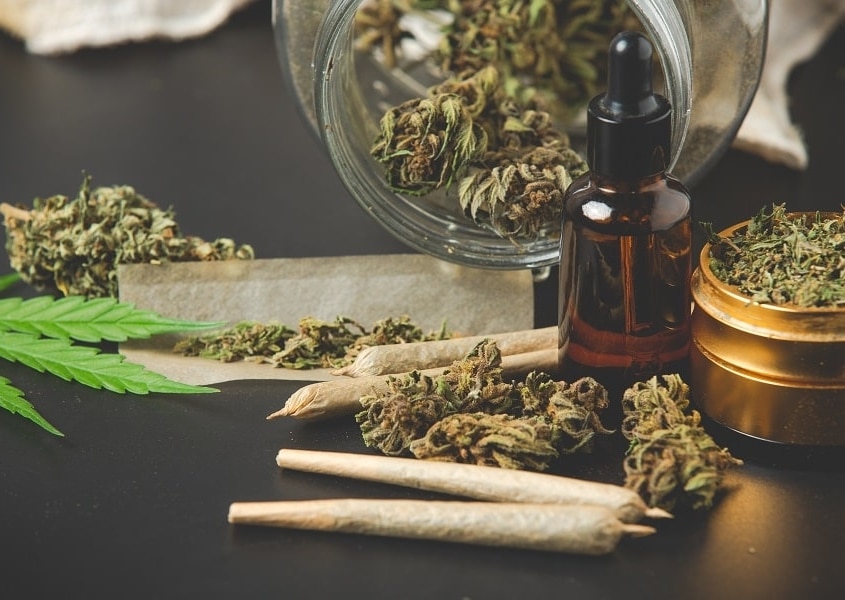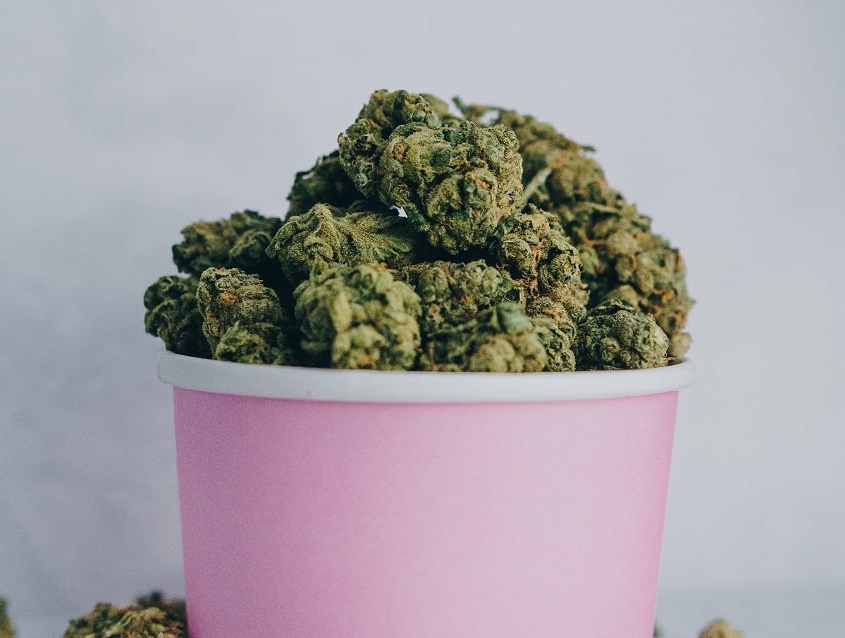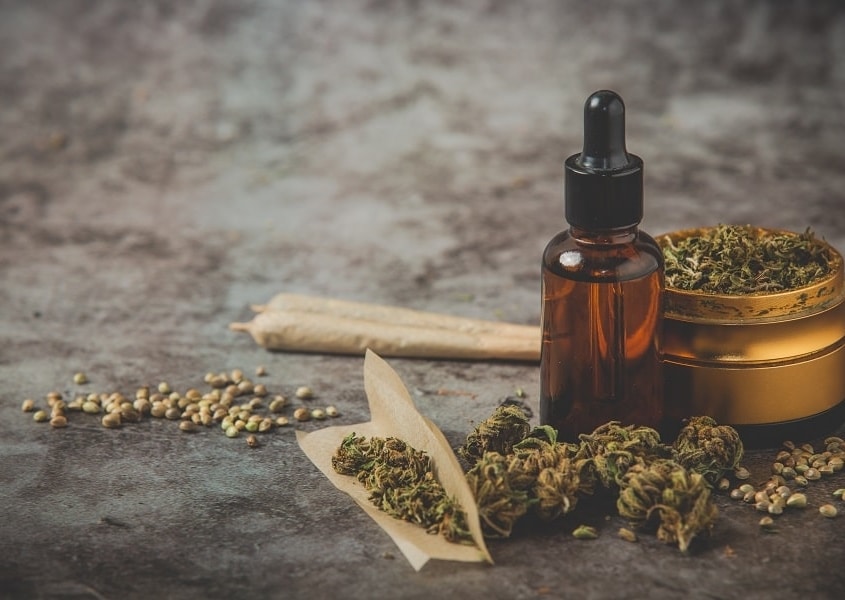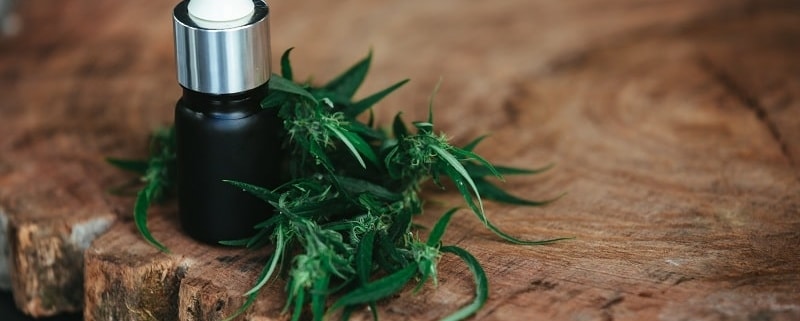Decarboxylation Guide: How To Decarb Cannabis?
Are you looking to get the full effects of your cannabis? Whether you are eager to bake a batch of cannabis edibles or want to formulate your own cannabutter for other purposes, you need to first familiarize yourself with the process of decarboxylation.
What is Decarboxylation?
Decarboxylation refers to heating cannabis and hemp material to activate the cannabinoids within the plant’s buds, stems, leaves, or kief. In essence, decarboxylating, or simply “decarbing,” ensures users experience cannabis’ psychoactive effects by focusing on its active components through what is known as a decarboxylation reaction.
Decarboxylation reaction primarily refers to a chemical reaction of carboxylic acids erasing a single carbon atom from a chain of carbons. It is the first chemical step in photosynthesis, where Carbon Dioxide is added to the compound and, therefore, is the only way to achieve the full effects of marijuana ingestion.

How to Decarb Cannabis?
There are various methods of decarboxylation to choose from, and which one you decide to use may vary based on the degree of difficulty and why you are decarbing cannabis. Here are some of the most effective methods of cannabis decarboxylation.
Natural Method
The decarboxylation reaction can occur naturally over time, provided your plant is exposed to high enough temperatures and sufficient light and oxygen.
However, this method is not optimal if you want to implement the process as effectively as possible and in a shorter time frame, as it can take up to 12 months.
Baking Sheet Method
Decarboxylation is super easy if you have access to an oven to pop your cannabis into.
Set the oven temperature to around 215ºF, with the rack in the middle slot of the oven. This is necessary because the top oven rack is too hot and will burn the cannabis, whereas the bottom shelf will take far longer as it is the coolest place in the oven.
Make sure to line your baking tray with aluminum foil and place the ground cannabis on the tray, then leave your cannabis to bake for approximately 35 minutes.

Oven Bag Method
Another easy decarboxylation method you can try using an oven is the oven bag method. In fact, most people would agree that this method is even more straightforward than the baking sheet method to decarb cannabis.
This time, preheat the oven to a slightly higher temperature of around 240-250°F. Place your cannabis plant material in an oven bag and tie the bag closed as tightly as possible; then simply place the bag on a baking sheet and put it into the preheated oven for roughly half an hour until you see the cannabis turn to a crisp golden-brown color.
Mason Jar Method
The mason jar method is arguably the best option of all, as it is super easy to do in the oven, and the jar storage system is the perfect way to keep the aroma of the cannabis intact.
Once again, an oven is needed for this method, and you will need to preheat it to about 250°F. Then, place your broken-up cannabis into the jar, and stick it onto the middle rack of the oven, ensuring that the glass sides of the jar do not touch the stove directly.
Leave the jar of cannabis to bake for about half an hour, and once it turns to brownish color, carefully remove the jar from the oven. This method is effective and requires very low effort, making it a favorite among cannabis connoisseurs.
Microwave Oven Method
The microwave oven method is the quickest by far and can be executed with ease in under five minutes.
Grind up or break your cannabis using a cannabis grinder or carefully by hand and spread it evenly onto a microwave-proof glass dish. Microwave the bud on the medium setting for around 90 seconds, then stir the ground-up cannabis and proceed to microwave it for a further 90 seconds. Once your cannabis turns to the desired golden-brown color, it is ready for use!

When Should You Decarboxylate Marijuana?
Now that we have briefly run through a few easy methods of cannabis decarboxylation, it is important to clarify when decarboxylation is required.
If you are looking to extract decarboxylated THC or CBD oil, then decarboxylation is absolutely essential. In order to access the full psychoactive effects of cannabinoids and terpenes, you need to ensure that your marijuana is properly decarboxylated.
Cannabis oils and cannabis edibles will only be useful for consumption when proper decarboxylation occurs. Luckily for you, using the correct decarboxylation mechanisms, you can quickly achieve whatever your desired level is on the decarb chart.
Just make sure to follow the strict time parameters of each method because if you decarboxylate marijuana for too long, it will burn and no longer serve its purpose effectively.
Chemistry of Decarboxylation: THC and CBD
The age-old THC vs CBD debate is well documented and has been debated among cannabis users for decades.
Essentially THC provides users with the euphoric high that marijuana is most widely recognized for. In contrast, CBD does not; instead, providing a considerable number of other benefits such as reduced anxiety levels and pain relief.
While both compounds have their pros and cons, decarboxylation is essential for extraction in both cases.
Why Decarboxylation Is Important?
If you are looking to ingest cannabis in any way other than smoking it directly, decarboxylation has to occur, or the intended effects will not be achieved.
Whether you are eager to make some homemade edibles or cannabutter, you need to decarb your cannabis, or it’ll provide absolutely no psychoactive effects whatsoever.
The needed equipment and temperature for the decarboxylation process vary significantly from method to method, but the one constant is that without decarboxylation, your cannabis creations will not provide any benefit other than making your food taste slightly like marijuana.
To get the best out of cannabis, the cannabinoids need to be activated through heat. Therefore decarboxylation is genuinely the only option when it comes to yielding the best results when it comes to preparing your marijuana for consumption.





